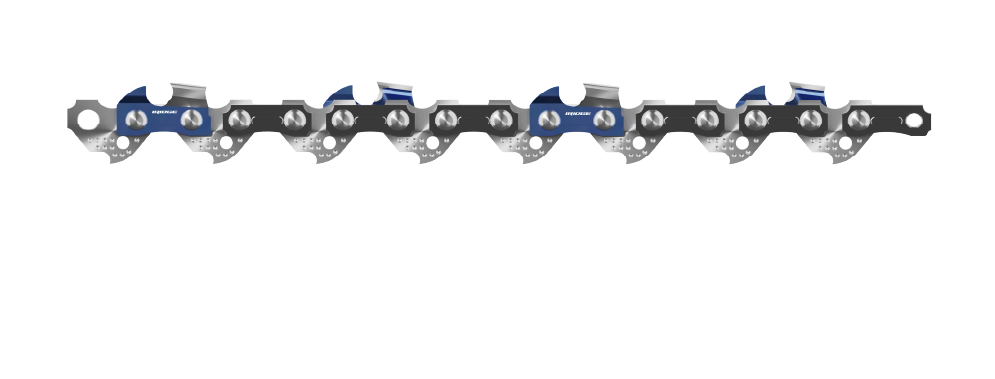1. Introduction to Chainsaw Chains and Wear
Chainsaw chains are the critical cutting components of any chainsaw, responsible for slicing through wood efficiently. Over time, chainsaw chains experience wear due to friction, wood resin, and debris, which can significantly impact cutting performance. Understanding how chain wear affects cutting results is essential for maintaining safety, productivity, and quality in both professional and home use.
This article explores the effects of chainsaw chain wear, signs of worn chains, maintenance techniques, and best practices to ensure optimal cutting performance.
2. How Chainsaw Chain Wear Occurs
Chainsaw chain wear is a natural process caused by repeated use. The cutting teeth and depth gauges gradually dull, reducing the chain’s ability to efficiently slice through wood. Several factors contribute to wear:
2.1 Cutting Material
The type of wood or material being cut affects chain wear. Hardwoods, frozen timber, or debris-laden wood cause faster dulling than softwood. Cutting through nails or other embedded objects can cause sudden damage or chipping of teeth.
2.2 Frequency of Use
Frequent use naturally accelerates chain wear. Professional loggers or heavy-duty users experience faster dulling than occasional homeowners due to continuous operation under high loads.
2.3 Lubrication and Maintenance
Chainsaw chains require consistent lubrication to reduce friction and heat. Insufficient bar oil, contaminated chains, or improper tensioning can increase wear and negatively impact cutting performance.
3. Signs That a Chainsaw Chain is Worn
Recognizing worn chains is critical to prevent poor cutting results and safety risks. Common signs include:
- Increased resistance when cutting, requiring more effort
- Uneven cuts or tearing rather than clean slicing
- Excessive vibration in the chainsaw during operation
- Visible dulling or rounding of cutting teeth
- Smoke or burning wood, indicating friction from a dull chain
4. How Chain Wear Affects Cutting Results
A worn chainsaw chain directly impacts cutting efficiency, accuracy, and safety:
4.1 Reduced Cutting Efficiency
A dull chain removes less wood with each pass, slowing down operations. Users must apply more force, which increases fatigue and decreases productivity, particularly during large-scale cutting tasks.
4.2 Decreased Precision
Worn chains produce uneven cuts and tear the wood fibers, resulting in rough surfaces. This can be problematic when cutting firewood to precise lengths or performing fine carpentry tasks.
4.3 Increased Safety Risks
A dull chain can lead to kickback, excessive vibration, or chain slipping, all of which increase the risk of accidents. Maintaining sharp chains is essential for safe operation, as dull chains force operators to exert more effort and control, which can result in mishandling.
5. Maintenance and Sharpening Tips
Proper maintenance extends the life of a chainsaw chain and ensures optimal cutting performance. Key practices include:
- Regularly inspect the chain for dull teeth or damage
- Sharpen cutting teeth using a round file, file guide, or professional sharpening tool
- Check and adjust chain tension to prevent slippage and wear
- Lubricate the chain with bar oil to reduce friction and heat
- Replace the chain when teeth are excessively worn, damaged, or stretched beyond safe limits
6. Choosing the Right Chainsaw Chain
Selecting a chain that matches your chainsaw model and cutting tasks is crucial to minimize wear and maintain results:
| Chain Type | Best Use | Wear Characteristics |
| Low-Kickback Chain | Home use, small logs | Durable, slower wear under light use |
| Full-Chisel Chain | Hardwood, professional logging | Faster wear but high cutting efficiency |
| Semi-Chisel Chain | Mixed wood, outdoor tasks | Moderate wear, good durability |
7. Conclusion
In conclusion, chainsaw chain wear significantly affects cutting results, impacting efficiency, precision, and safety. Recognizing signs of wear, performing regular maintenance, and choosing the correct chain type are essential to maintain optimal performance. Proper care not only extends the lifespan of the chain but also ensures safer and more effective cutting operations, whether for professional logging or home use.





